Damen Shipyards Group has announced a new line of Trailing Suction Hopper Dredgers (TSHD). The new product range, comprising of the Marine Aggregate Dredger (MAD) 4000 and 5600 vessels, was introduced in response to extensive market research and customer consultation. The MAD vessels are expected to be well received by an aggregate industry facing rising demand and an aging fleet.
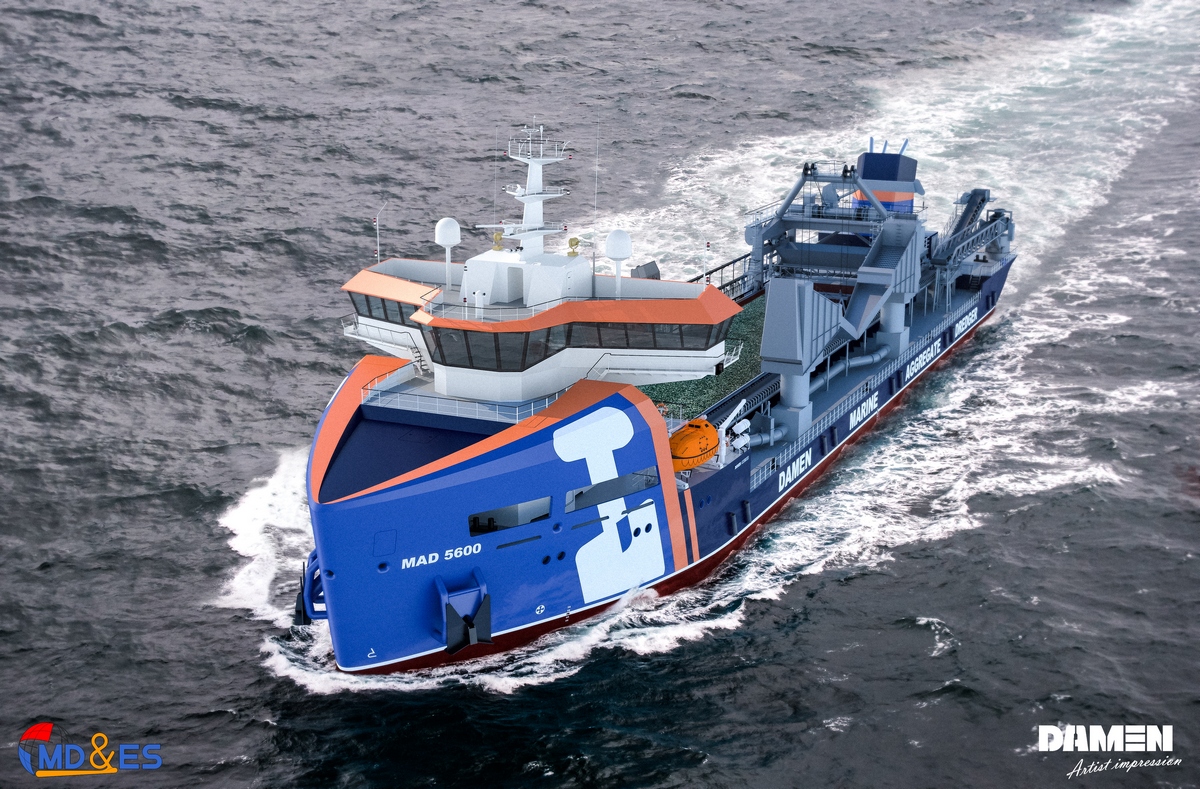 Photo courtesy: Damen
Photo courtesy: Damen
Designed in collaboration with Maritime Design and Engineering Services (MD&ES), an established name known for its innovative approach, the MAD 4000 and 5600 are welcome additions to Damen’s Trailing Suction Hopper Dredging portfolio. For offshore aggregate operations, the new vessels will be able to work in North Sea conditions up to depths of -60 meters. These capabilities allow operators to mine sand and gravel in deeper waters, farther from shore than preceding models.
Demand for improvement
Damen has invested considerably in research and development for the new MAD vessels, having observed an increase in demand for civil construction supplies deriving from an overall improving economy. The development aims at offering industry advanced technology, well suited to existing ports and delivering more uptime at sea.
Olivier Marcus, Damen’s Product Director Dredging comments: “We’ve tailored the technical specifications of the designs in line with the port infrastructure in the region in which the dredgers will operate.
“Furthermore, we’ve paid close attention to seakeeping behaviour in order to ensure the vessels can operate comfortably and safely, even in harsh weather conditions.”
Future proof
Unlike traditional dredgers, the bow shape of the MAD vessels allows them to operate in adverse weather conditions. The shape is based on a proven Damen design applied to renowned vessels such as the Damen Offshore Carrier (DOC) and Platform Supply Vessel (PSV). In addition to improved seakeeping behavior, the bow shape also protects the sand and gravel cargo from green water ingress.
The MAD vessels have been developed with tomorrow in mind, states Mr. Marcus: “These vessels are future proof. Featuring Tier III engines and, requiring no ballast water, fully compliant with the latest IMO regulations, these dredgers are looking forwards. On top of that the design also takes into account the possible future requirement for advanced automation.”
In action
Close attention has been paid to incorporating the most robust equipment for operations in harsh environments. A submerged, wear-resistant Damen dredge pump facilitates the loading of sand and gravel aboard the vessel. Once onboard, the aggregate then passes through the heavy-duty dredgers’ screening towers, where giant sieves allow for a better assessment and classification of the mined material. Following this, it is stored and de-watered in the vessel’s hopper – with a capacity of either 4,000 or 5,600 m3 – hence the categorisation of the two types of MAD. The operation is supported by state-of-the-art, optimised instrumentation, offering feedback throughout the entire process.
Upon arrival to port, the vessels’ fully automated clamshell system unloads the material onto a conveyer belt. The system conceived of by the design is a flexible one, suitable for use in varying locations.
Mr. Marcus continues: “With a single vessel you can do almost everything. You can go out, get the material, classify it, dry it and deliver it to location. It is the first standardised design in the world with such a scope.”
Standardized customization
Standardized the design may well be, but it is also versatile and takes into account the need for customization and multi-role functionality. “A number of options exist in order to cater to differing client needs,” states Mr. Marcus. “The vessel can be supplied with bottom doors if required – which will offer additional versatility in case it is required to perform differing operations. It can also receive spud poles, for example. And, should the client wish to scale up at any point, the MAD 4,000 can easily be converted into a MAD 5,600 with a simple section addition.”
Concluding, Mr. Marcus says, “The MAD concept is one that tackles not only the needs of today, but of tomorrow also. We have developed a vessel that represents the lowest possible euro to cubic metre ratio. It is lightweight, with an optimised, efficient propulsion train, minimised hydraulic usage and offers both low and easy maintenance. We are very much looking forward to seeing it in action.”
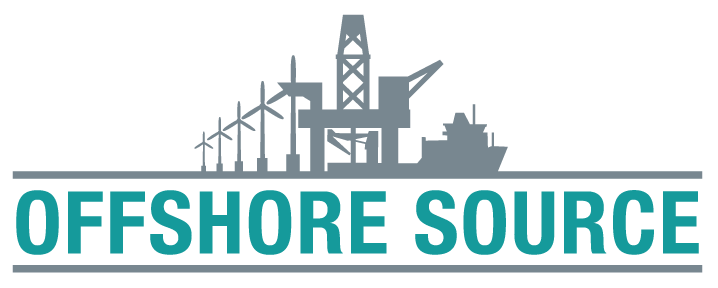


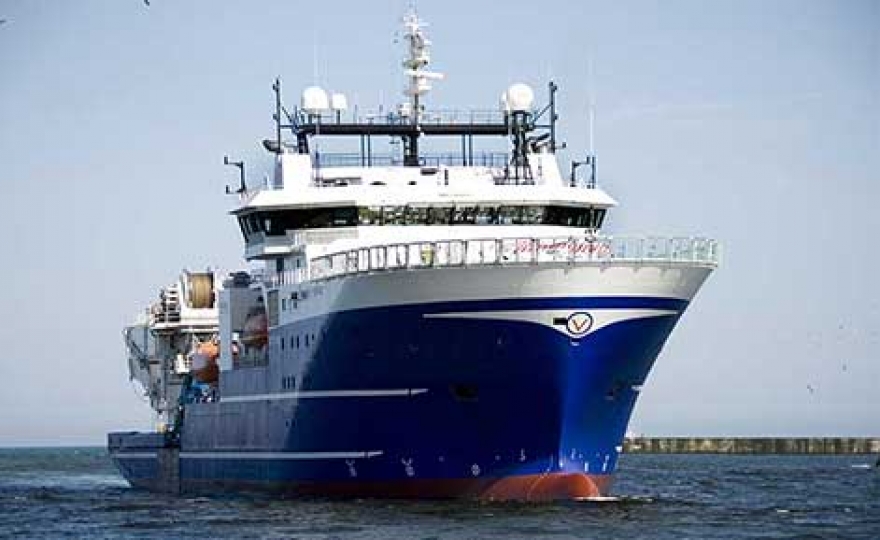
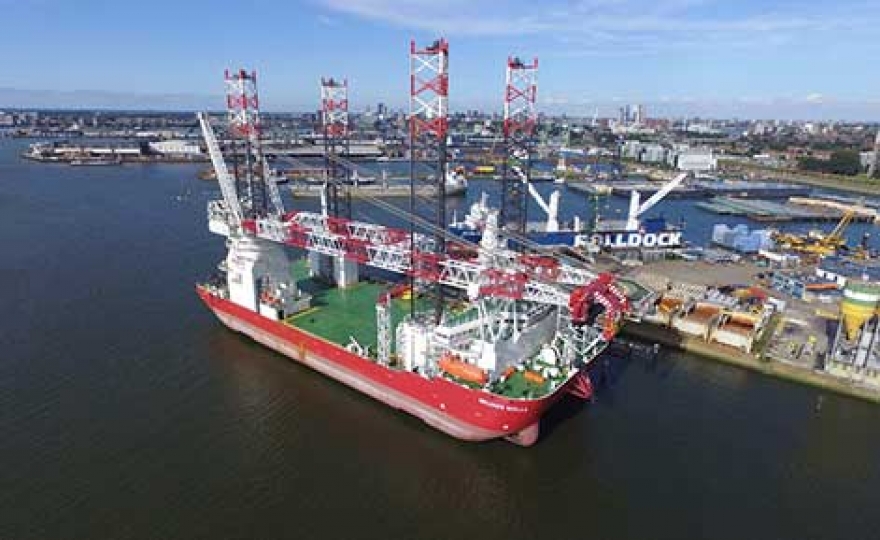
 Photo courtesy: Damen
Photo courtesy: Damen
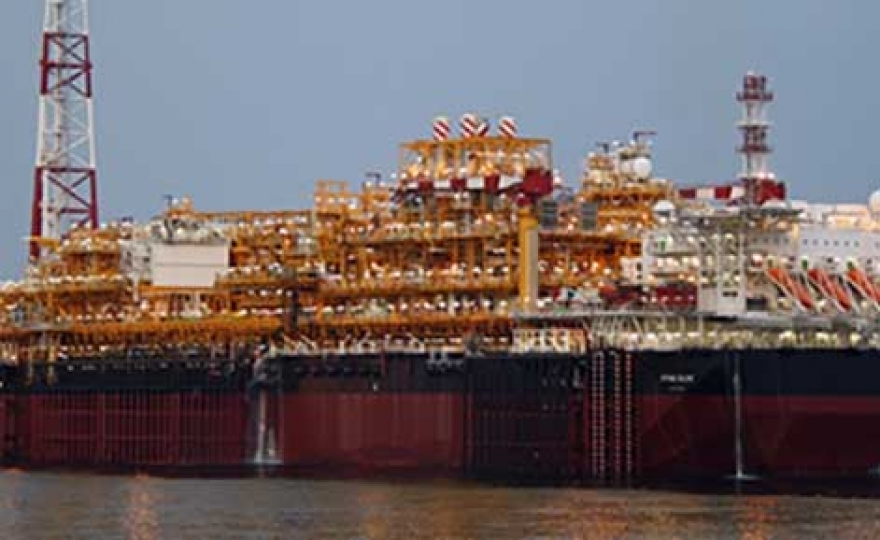
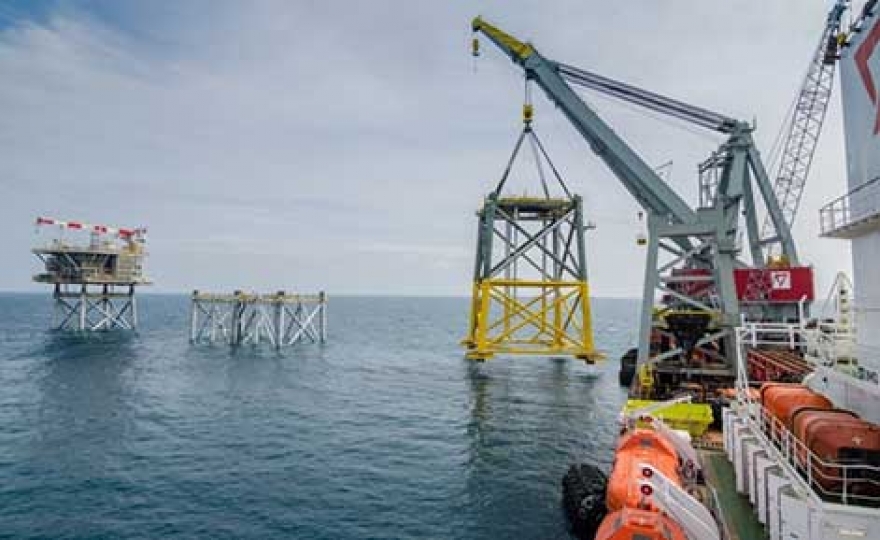
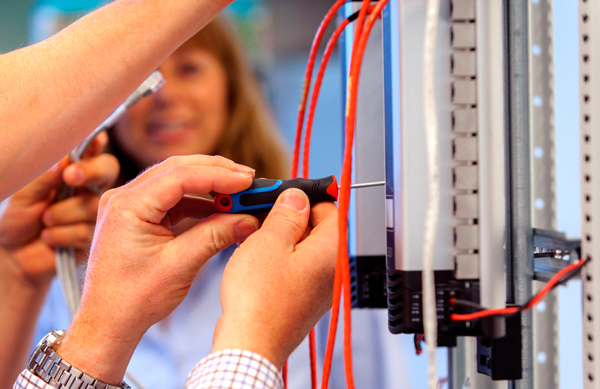 The new DP Maintenance Refresher Course directly addresses the latest IMCA guidelines
The new DP Maintenance Refresher Course directly addresses the latest IMCA guidelines-lowres_medium.jpg)
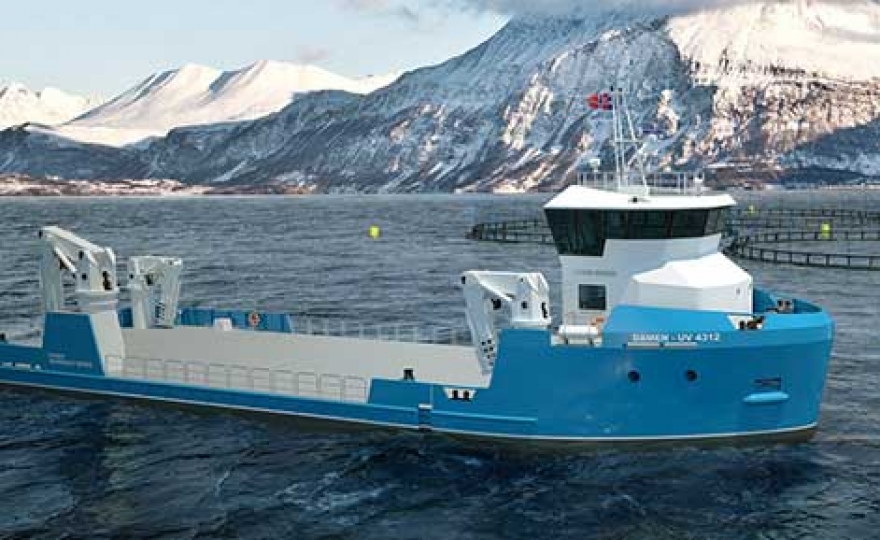
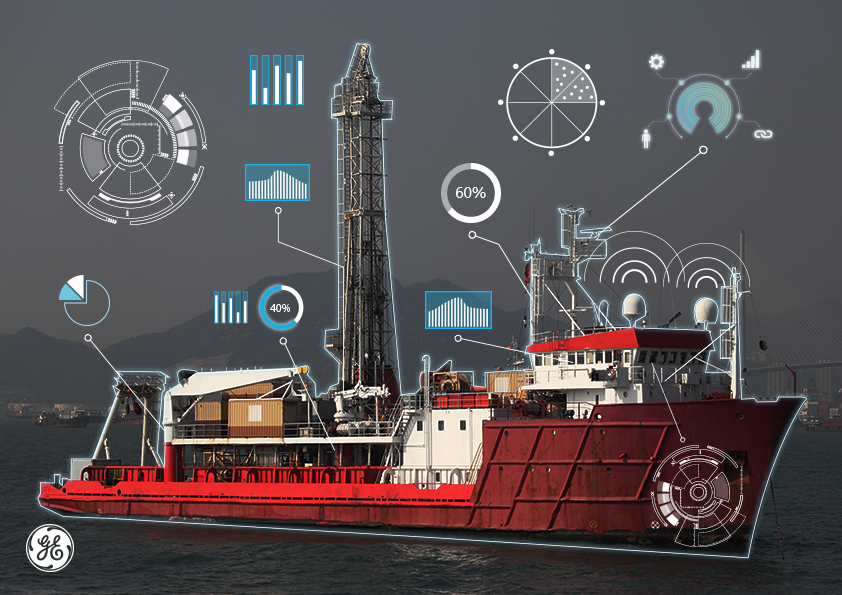 Image credit: GE’s Marine Solutions
Image credit: GE’s Marine Solutions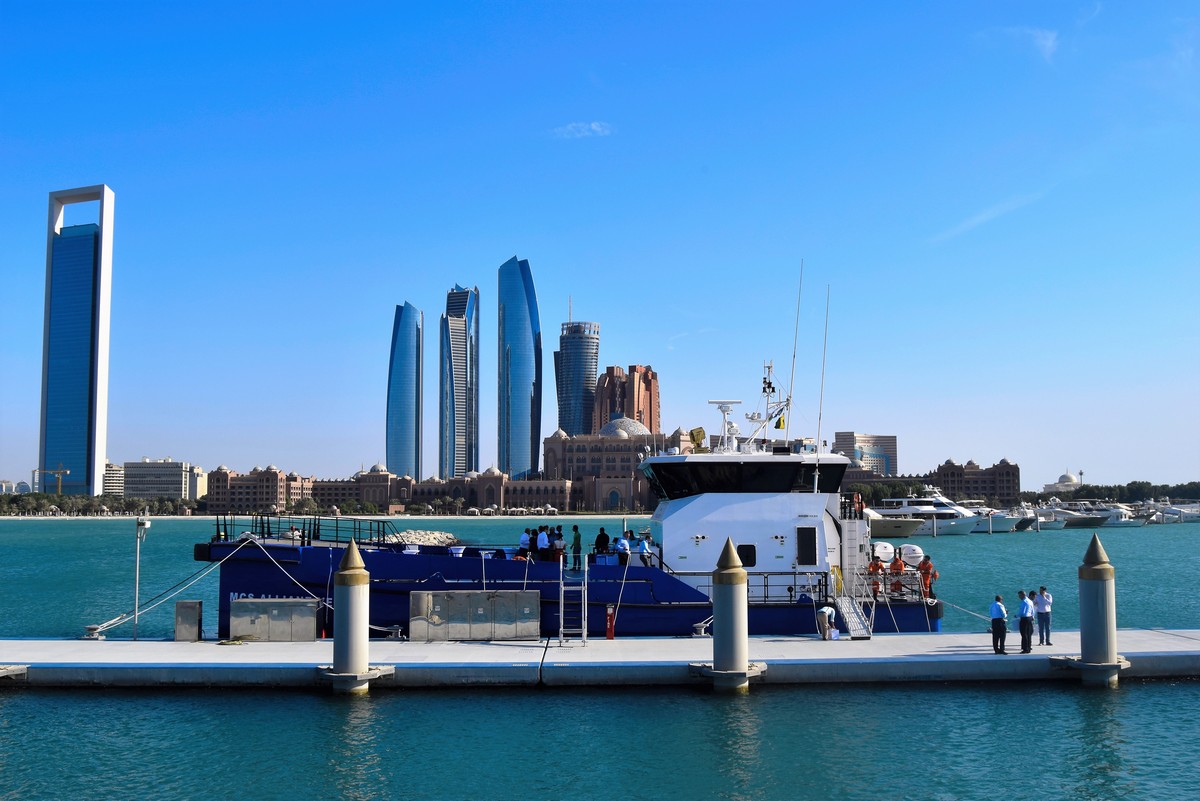 Photo credit: Damen
Photo credit: Damen